Having a Pain-Free Life through Massage
Posted on: September 15, 2014
Many of us live with chronic pain in our body. This is the case whether the source of the pain is from a physical injury or psychological trauma. Pain is a universal constant in life, and chronic pain is all the more worse. There are many ways to address chronic pain. There are a variety of exercises, both mental and physical, that help us alleviate our suffering from chronic pain, including yoga, meditation, and Pilates. Other treatments involve medications, herbs, and finding nutritional balance. Yet other treatments involve direct intervention from a therapist in the form of massage. Most of us have likely had some experience with massage. Massage therapy usually involves the therapist first talking with the client to get a sense of what pain he or she is experiencing. After the intake process, the therapist generally performs a treatment of the client's pain through one of several different massage techniques. There are many different types of massage, including Swedish, Shiatsu, and Accupressure, as well as auxiliary practices including Rolfing and craniosacral therapy. These practices target the pain from unique angles with unique philosophies behind them. However, all these practices can help restore balance to the body. It is in some cases treated directly by pressing on the area of the pain, in the case of trigger point therapy. It is in other cases treated indirectly by focusing on whole body relaxation and flexibility, strengthening the capacity of the body to process pain overall. The underlying premise of massage is to help make space within the body of the patient for the pain to work itself out. When dealing with chronic pain, it is good to approach from a variety of angles, using a variety of modalities. By doing so, we have as many tools as possible to manage the pain in our lives.


